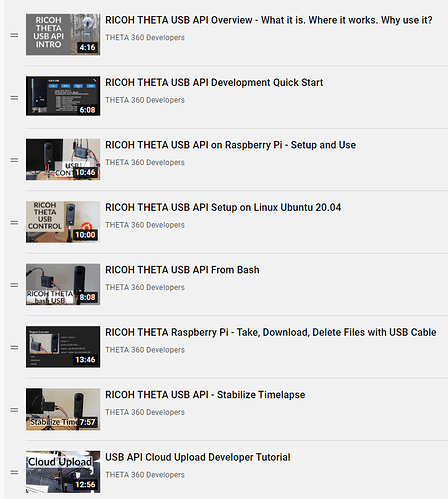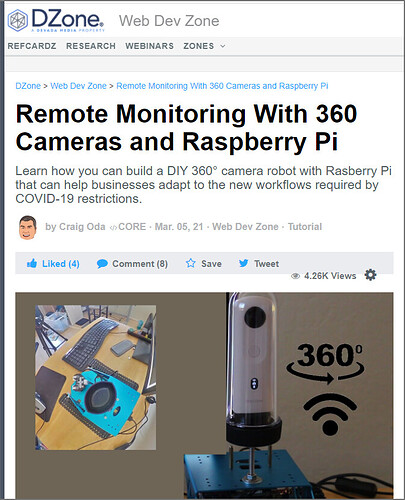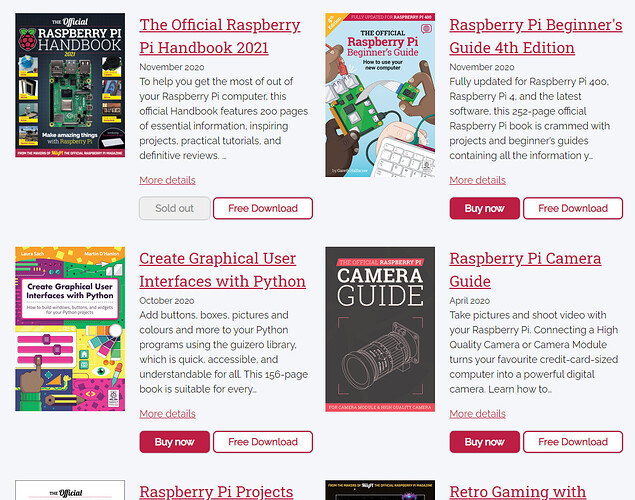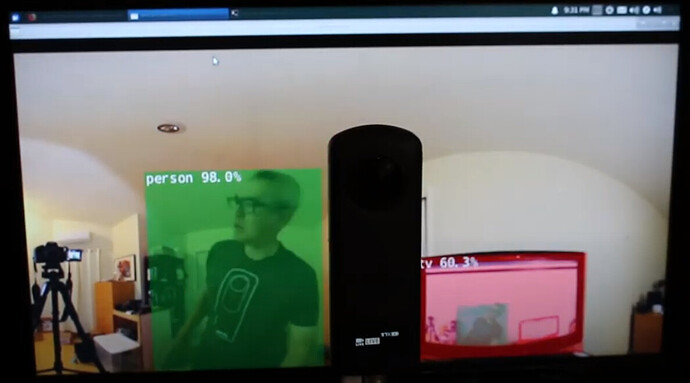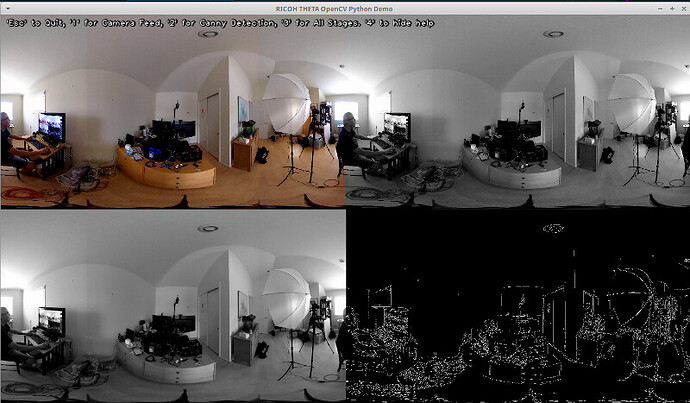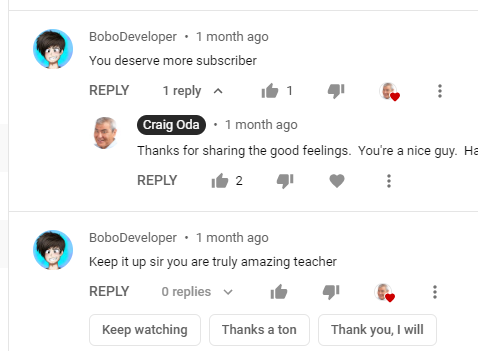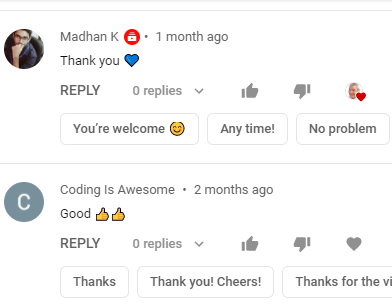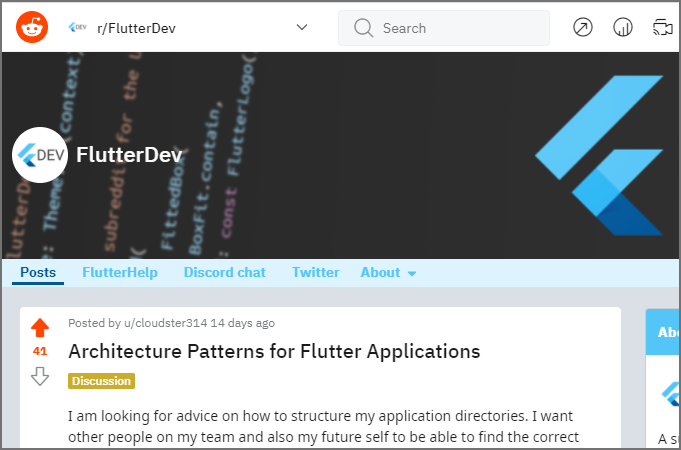Earlier this year, we struggled to promote a set of YouTube tutorial videos to the Raspberry Pi community. We achieved success by changing to a long-term consistent strategy of giving back to developers with content organized from online discussions with developers.
We achieved over 100,000 views to highly technical API content that we created or managed.
- forum: 60,000
- gated API example usage content on new web site: 15,000
- YouTube technical tutorials: 10,000
- external developer sites: 20,000
In addition to the metrics above, we also generated wide exposure on social media channels, including Reddit, Hacker News, and Twitter. To make tracking easier, we focused on content that Google Analytics could measure as well as our own web site analytics for registrations.
Overview of Engagement Campaign
Prior to creating the campaign, our analysis of online discussions showed that usage examples for the USB API for our client were popular. The primary topic with USB API tutorials had 34,500 views. Hoping to leverage the popularity of the API, we decided to produce more educational content on the same topic, including 8 videos published on YouTube as technical tutorials.
The content focused on controlling the THETA 360° camera built by RICOH, a multi-billion dollar global hardware maker with headquarters in Tokyo. The Raspberry Pi provides control, upload to the cloud, and power to the camera.
We created 8 videos on developing industrial applications for the camera using the USB API. All of them are applicable to the Raspberry Pi.
Drive to Improve Strategy
We got reasonable results because our content was reasonable. To get extraordinarily good results, we needed to give back more content that solves unique problems for the Raspberry Pi community. The source of the problem was that I didn’t contribute to the Raspberry Pi community on a regular basis. Unfortunately, at the start of our program to educate developers on the new technology, no one on our team was a regular contributor to the Raspberry Pi community.
The key to improvement was active contribution on a regular basis and engagement with people in the Raspberry Pi community.
Engaging with the 2.4 million members on the raspberry_pi sub-reddit got reasonable, not great, attention. The key to getting increasingly better results was to apply consistent management to helping the Raspberry Pi community by providing free educational resources.
Indirect Engagement is Not Enough
Posting technical advice and developer how-to articles on a blog I have at DZone also resulted in reasonable views.
The technical how-to article got 11,700 views.
The technical trend article got less views, 4,200. This is despite solving business problems as a result of COVID-19 restrictions and building a full robot with a 360 camera that could stream live video, take 360 images, and upload the images to a web server in the cloud.
Direct Community Engagement is Needed to Create Valuable Content
At first I was puzzled by the difference in views. Then, I remembered that the technical how-to article had been built up over time with knowledge from the community. The first article is a summary of lessons learned from a discussion topic with real developers.
The second article was primarily my concept that a robot would be a good way to showcase the technology.
Solution
The solution is simple. Community engagement is effective when you contribute to a community on a regular basis. It’s not based on clever research and swooping in. It’s based on consistent effort to improve the community for all members. Understandably, this can be a painful for process for organizations that measure short-term metrics with a focus on “one and done” tasks and a emphasize on “hero” results for a single video or campaign.
The solution is to embrace a culture of “giving back to developers” and integrate this philosophy into the overall “giving” culture of an organization.
Understanding What it Means to Give Back to the Community
The Raspberry Pi community in particular is about giving back.
The excellent Raspberry Pi Camera Guide can either be purchased or freely downloaded. It is up to you whether you want to pay for it or not.
In this type of giving culture, we are going through the Camera Guide to produce a free guide for using the Raspberry Pi with 360 cameras. Yes, it’s a lot of work, but it is more effective than a series of attempts to swoop in and capture attention.
The camera guide is a high-quality 132 page PDF. It is not a 10 page gated white paper. It’s a genuine example of giving great information away freely.
it has all the exciting how to guides and step-by-step tutorials with cameras.
There are many books that are free. The books are also available for purchase.
Improving Our Engagement Strategy by Giving Back
Our most successful content was a long, book-like document that we used to help both the Raspberry Pi and Linux communities.
RICOH THETA Development on Linux
It features many tips from community members. We are in the process of adapting more of the generic Linux content to address the culture of the Raspberry Pi community.
It is very popular to show object detection with a 360 video live stream. Although the example below is run from a Jetson Nano, we are working on ways to use the Raspberry Pi for retransmission.
The example below is with OpenCV on a Jetson Nano. By focusing on using the Raspberry Pi in more technical examples, we are getting more attention.
Summary
The level of generosity in a community varies. The Raspberry Pi community has a high-level of giving back and sharing. To engage with the community effectively, we built a stronger plan to give back more.
As the Raspberry Pi runs Linux, we already had a significant advantage in producing high-quality content. We just needed to build our engagement strategy with a focus on giving back. Now, we wake up and ask, “How can we contribute more to the Raspberry Pi community?”


